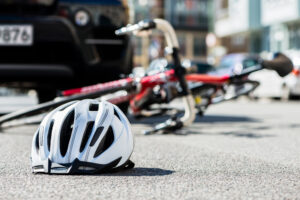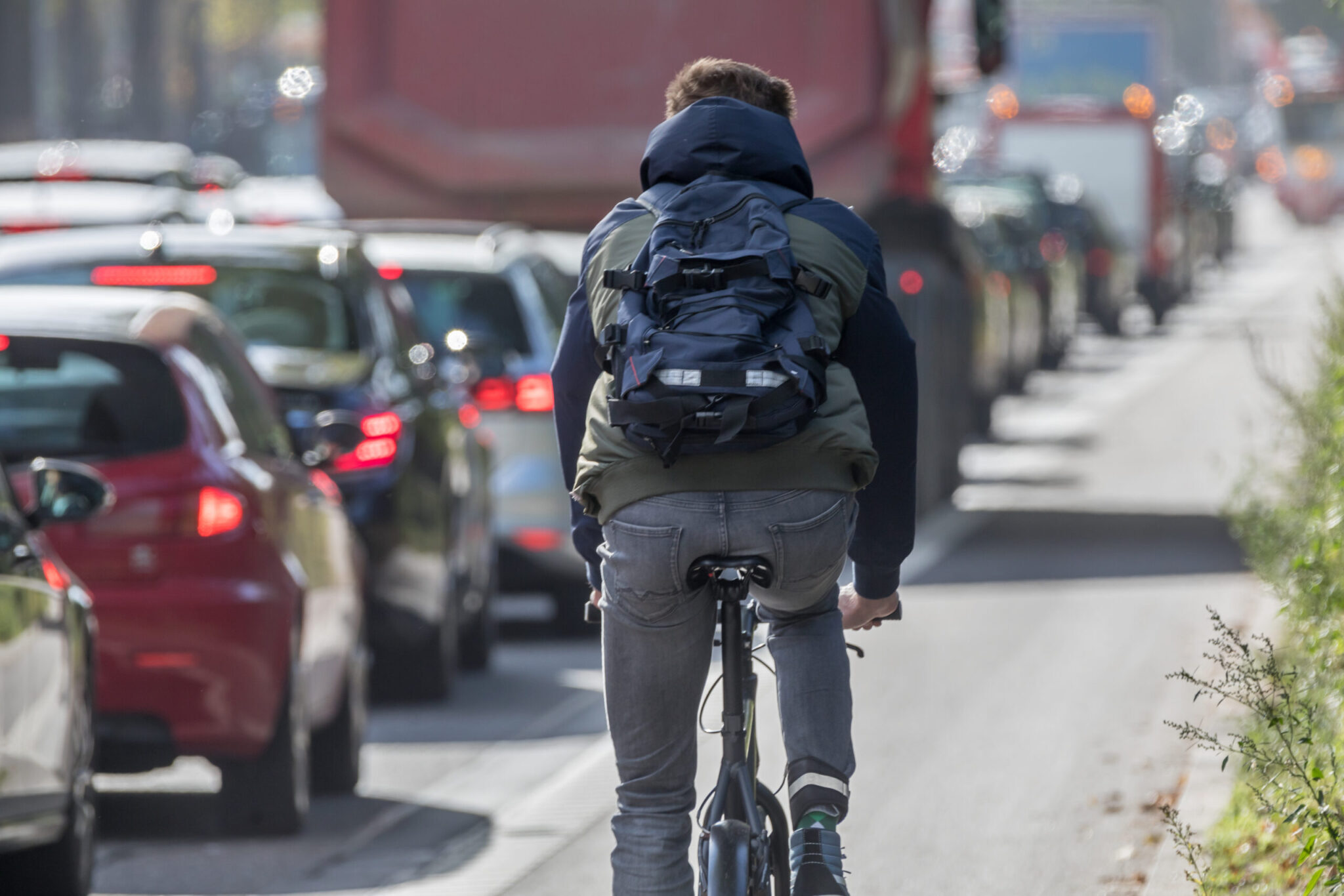It’s that time of the year once again when cyclists start rolling out onto Ontario roads in increasing numbers, as the weather improves dramatically.
Thankfully, many cities have bike lanes as one means of trying to keep cyclists safe. But without following certain protocols, those who choose to pedal their way through traffic—bike lanes or not—can still wind up being an unfortunate accident statistic.
And let’s face it: A traffic collision between an automobile and a bicycle will always be more devastating for the cyclist. If you’re riding your two-wheeler in traffic on Ontario’s roads, there are a number of pieces of advice you must adhere to.
Let’s look now at the top 3 Do’s and Don’ts for cyclists to be aware of this spring and summer.
3 Do’s For Cyclists
DO always wear a helmet!
- Every bike ride should begin with protective headgear being strapped on. Since it is strangely not required by law for those 18 and over to wear a helmet, it is up to your own common sense to don one.
“The most serious injuries I see in my practice almost always relate to the cyclist’s failure to wear a helmet,” said Brian A. Horowitz of Horowitz Injury Law. “I can’t stress enough how important it is to protect your head while on a bicycle. While bones heal, brain injuries can be devastating, and often the effects can be permanent.”
- Not surprisingly, according to the Insurance Institute for Highway Safety (IIHS), as the number of helmeted bike riders has increased dramatically over the decades, the number of deaths in a bicycle traffic accident has decreased. Those wearing a helmet, per the latest statistics, have about triple the chance of survival from a crash compared to those accident victims without a helmet.
DO obey the rules of the road
- Just because you’re on two wheels instead of four, doesn’t mean you’re not subject to the same rules of the road on Ontario’s highways. Obeying all traffic signals, signs and speed limits, signalling when turning, stopping at crosswalks, they all apply to bicyclists the same as to automobile motorists.
DO always watch for cars backing out of driveways or turning
- While cars are often watching out for other motorized vehicles or pedestrians when backing out or making turns, often a bicycle can seemingly ‘come out of nowhere’, taking the automobile driver by surprise. It is incumbent on the bicyclist to ride ‘defensively’ and watch for cars pulling backward out of a driveway or parking spot, or making turns in traffic.
“A very common accident I see occurs when a cyclist approaches an intersection in a designated bicycle lane,” says Horowitz. “Drivers of cars are notorious for failing to check the bike lane when they attempt a right-hand turn at the intersection. Cyclists must always proceed with extreme caution as they approach the intersection.”
- This is also the case when it’s the cyclist attempting a turn in traffic. According to Lewis Smith from Canada’s Safety Council, “Most accidents, he says, occur when the cyclist is trying to turn because oftentimes either the cyclist will miss seeing the vehicle or vice versa.
3 Don’ts For Cyclists
DON’T weave through traffic
- Unpredictability can be deadly in traffic. Lanes on the road are there for a reason; a serious accident can occur if an automobile is trying to change lanes and a bicycle suddenly darts in and out from lane to lane between cars. And you can bet that it’s the cyclist that will take the brunt of it, and it can be fatal.
DON’T ride too close to parked vehicles
- “Dooring” can lead to a serious injury to a cyclist; this is when a driver fails to see an oncoming cyclist when opening their parked car door, resulting in a violent collision for the cyclist with the car’s door, likely causing them to flip off their bike. It’s advised to ride in a straight line at least one metre away from parked vehicles.
DON’T engage in distracted or impaired cycling
- Using a cell phone while cycling is a dangerous sport, whether making a phone call, texting, checking Instagram, or anything else. The same, of course, applies to car drivers, but on a bike, the dangers are far worse, as you don’t have the protection of four doors and a steel frame surrounding you.
- Bike riders need full use of visual, auditory and balance cues to ensure a safe trip — and just like any of those cues can be compromised by texting, they are also seriously diminished by alcohol or drugs.
Take heed of these Do’s and Don’ts while pedalling your way through city streets, and help limit your chances of becoming a statistic.
If you or a loved one has been seriously injured in an accident involving a bicycle, call the experts at Horowitz Injury Law immediately. We’ve been handling these types of bicycle injuries for over 35 years. Contact us for a free consultation: 416-925-4100.




